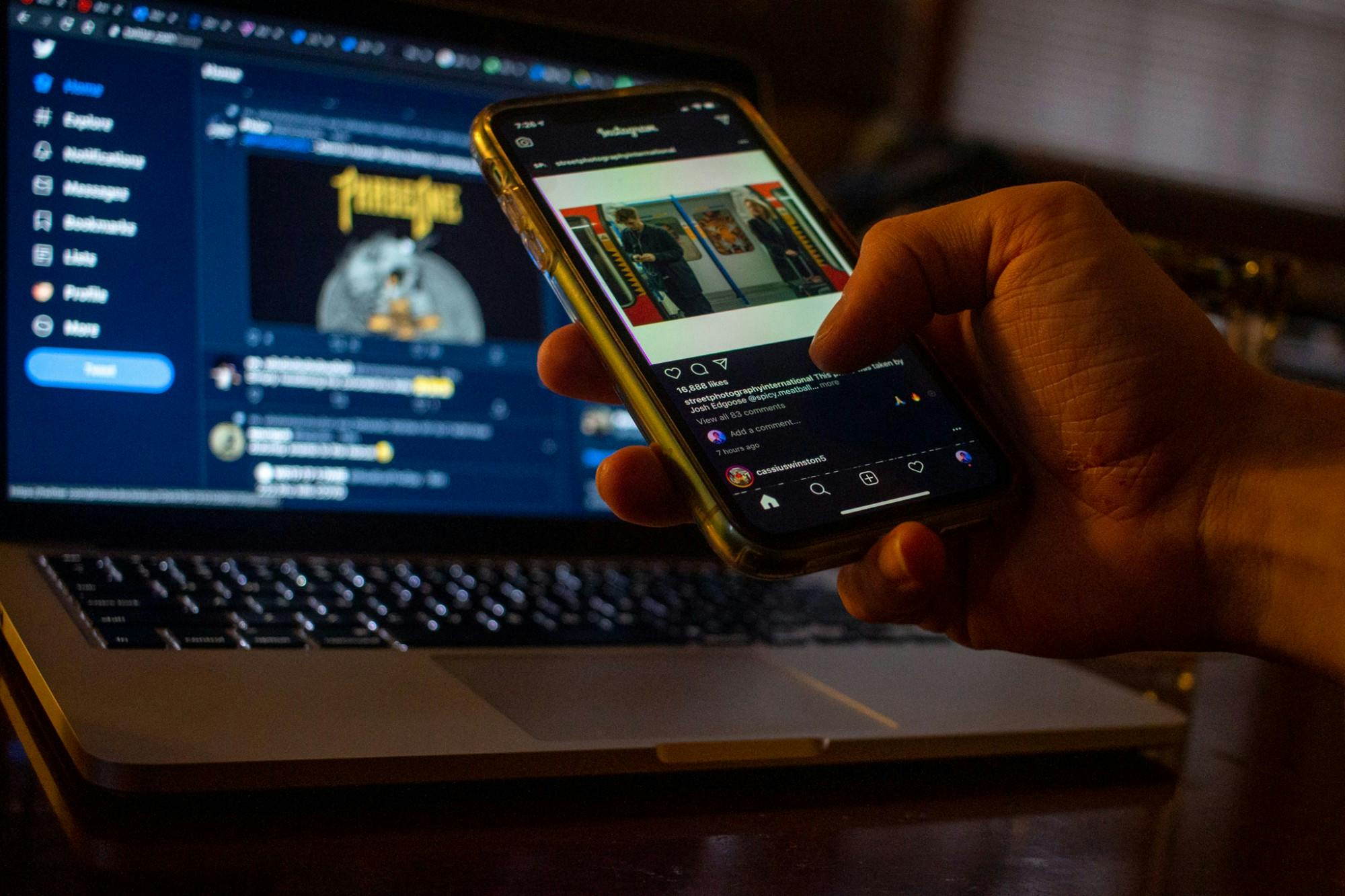The COVID-19 pandemic and the Stay Home, Stay Safe executive order require students to hit pause on their social gatherings, including friend hangouts, study groups and parties.
To alleviate the feelings of isolation, many students have begun to focus their social interactions through social media trends and challenges.
These trends have become increasingly popular since early March, when Gov. Gretchen Whitmer announced the first confirmed cases of the novel coronavirus in Michigan.
“Given social distancing and the fact that people can’t connect in physical spaces, they are turning to the social media platforms they already use in their everyday lives and using those even more to connect with friends, family and in the case of education, other students.”
Christine Greenhow, associate professor of educational psychology and technology, said.
Some popular challenges include “Until tomorrow,” where Instagram users post embarrassing or strange pictures and wait for their followers to like the picture before prompting them to do the same thing, or “See a pup, Send a pup,” which encourages Facebook users to share a picture of their pets.
The challenges, though seemingly silly, give students an opportunity to engage in social interaction when in-person interaction is strongly discouraged.
“We know from the educational technology research and the research that I have done ... that social media can help students and young people feel more connected to each other especially in times of crisis,” Greenhow said. “It can reduce the sense of isolation people feel when they are immersed in a supportive social media community.”
Business freshman Hannah Sherman participated in the "20 Beautiful Women" challenge on Instagram, where female users post a picture of themselves and tag 20 other users to do the same to promote self-love. Sherman said she thinks this challenge is a good way to spread positivity during social distancing.
"I think a lot of negativity is being spread through social media," Sherman said. "But things like this are what you can kind of look at and look forward to in our society. I feel like it would spread positivity and just let people know, 'Hey, I love you and we're going to be okay.' Just a reminder that we're gonna get through this together."
However, some students, such as mechanical engineering sophomore Brandon Surhigh, said they believe the social media challenges are a waste of time.
“I think that social media challenges, they’re alright for some people,” Surhigh said. “I think coming toward our age group, they start to become not alright. Overall, for social media challenges, I think that they’re pretty ridiculous. ... None of them are good, I don’t think. I think every single one that I’ve seen has been awful.”
Surhigh said one of his least favorite challenges is where people post and tell their friends to “send an X" if they can count on them because he feels the challenge is valueless and doesn't really show who your true friends are.
Greenhow said he believes, while social media challenges can be beneficial, they can also increase the spread of fake news.
“I think misinformation can spread on social media when people pass along information from sources they don’t vet to make sure that those sources are credible,” Greenhow said. “Because this information is coming from someone they know, like a friend or a family member, they may be more likely to believe it or pass it on without being critical.”
Instead of social media challenges, Surhigh said he thinks people should keep up-to-date on current events surrounding the COVID-19 pandemic and participate in other, more meaningful social distancing activities.
“Definitely read,” Surhigh said. “This is going to be a time where reading and music can help you develop more artistic thinking, because people have said before that there’s been a lot of art and discovery and exploration that’s come out of pandemics simply because you’re alone all day and you’re really able to process your humanity.”
It is unclear if the participation in social media challenges and trends will decrease once things begin to return to normal, Greenhow said.
“We see a jump in Instagram use, Tik-Tok use and YouTube use, for sure,” Greenhow said. “I think that’s because people have more time to go online. Their normal rhythms are interrupted, so they’re turning to Instagram to post about what’s going on with them ... Is that spike going to continue when things start to go back to normal or subside? I don’t know. I think it depends on how long we’re like this so that our increased social media use becomes a part of our new routine. In some cases, when we ‘go back to normal,’ we may have these new routines that include more social media and use of the internet then we had before.”
Support student media!
Please consider donating to The State News and help fund the future of journalism.
Discussion
Share and discuss “Social media trends help some students cope with isolation” on social media.



